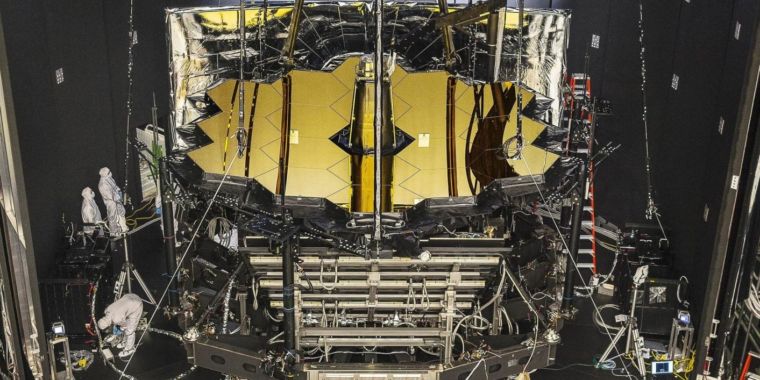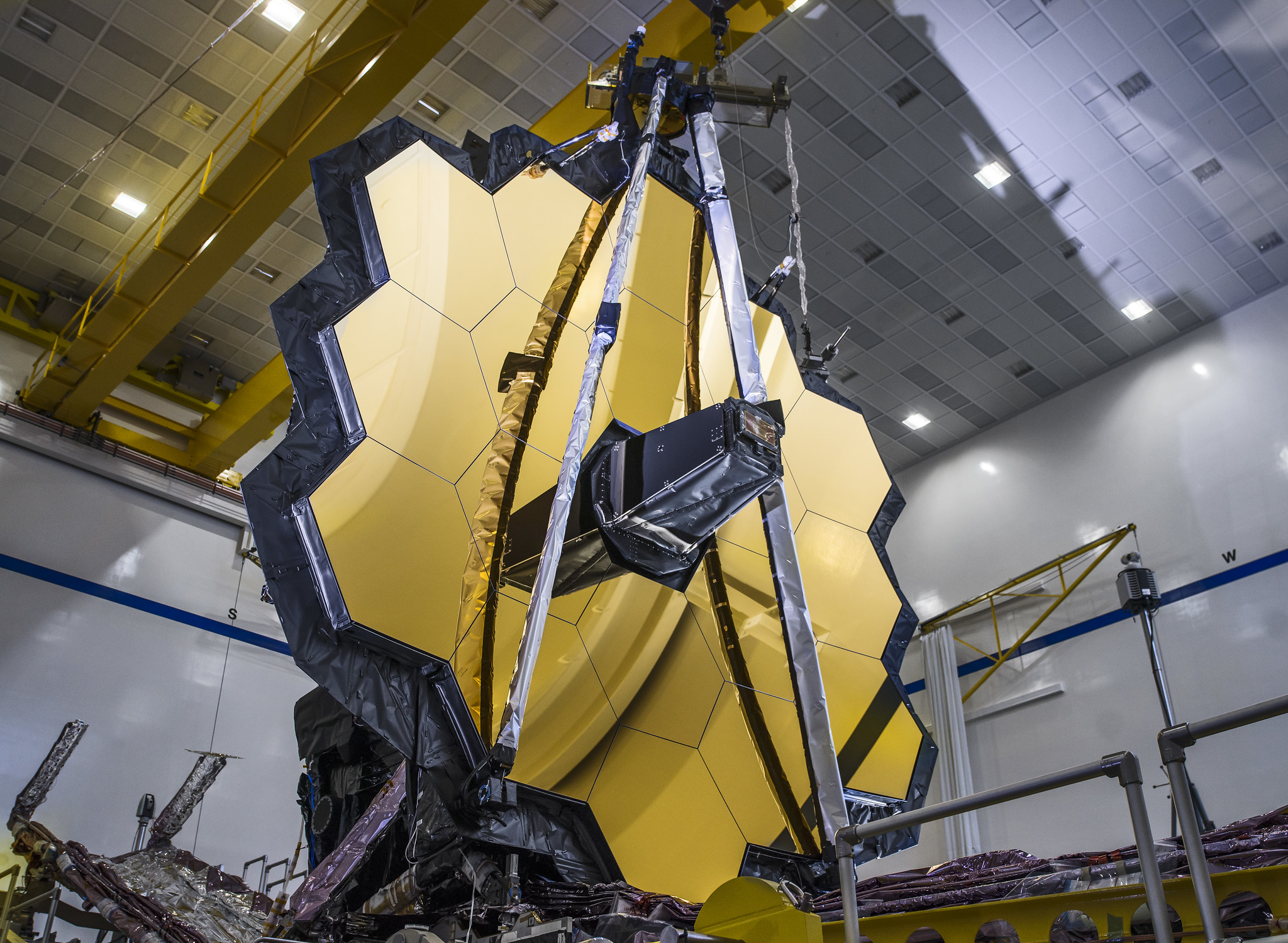Follow along with the video below to see how to install our site as a web app on your home screen.

Nota: This feature currently requires accessing the site using the built-in Safari browser.
ahi cacho que van a sacar fotos de las naves que andan volando por el espacio sideralen concreto, que descubrimientos se vienen?






Debería aparecer en algún momento esta momia culia a dar la conferencia:
 pedobiden ....
pedobiden .... kamela jarris..
kamela jarris..


Van a plagiar a lo chino...estilo Changan.ahi cacho que van a sacar fotos de las naves que andan volando por el espacio sideral
